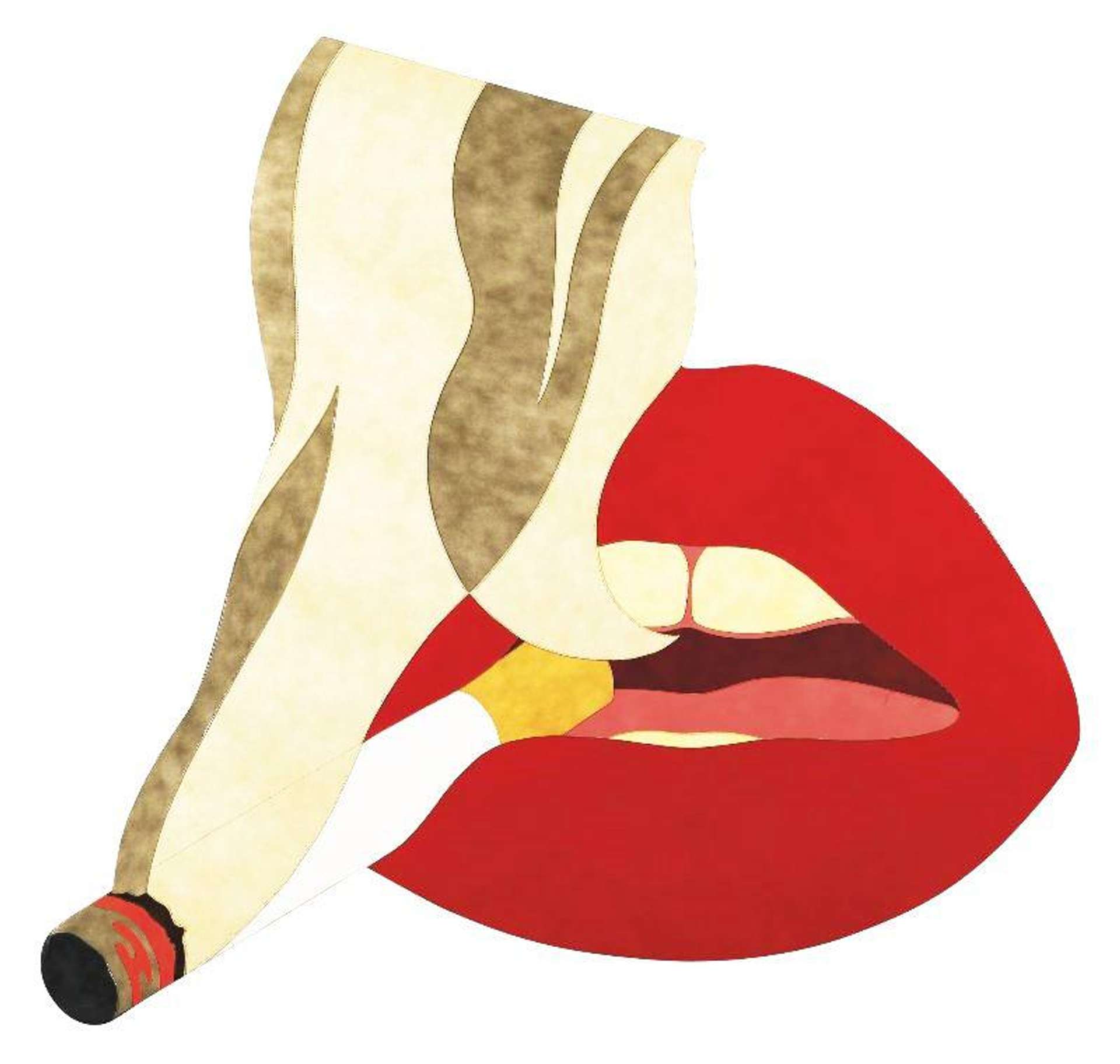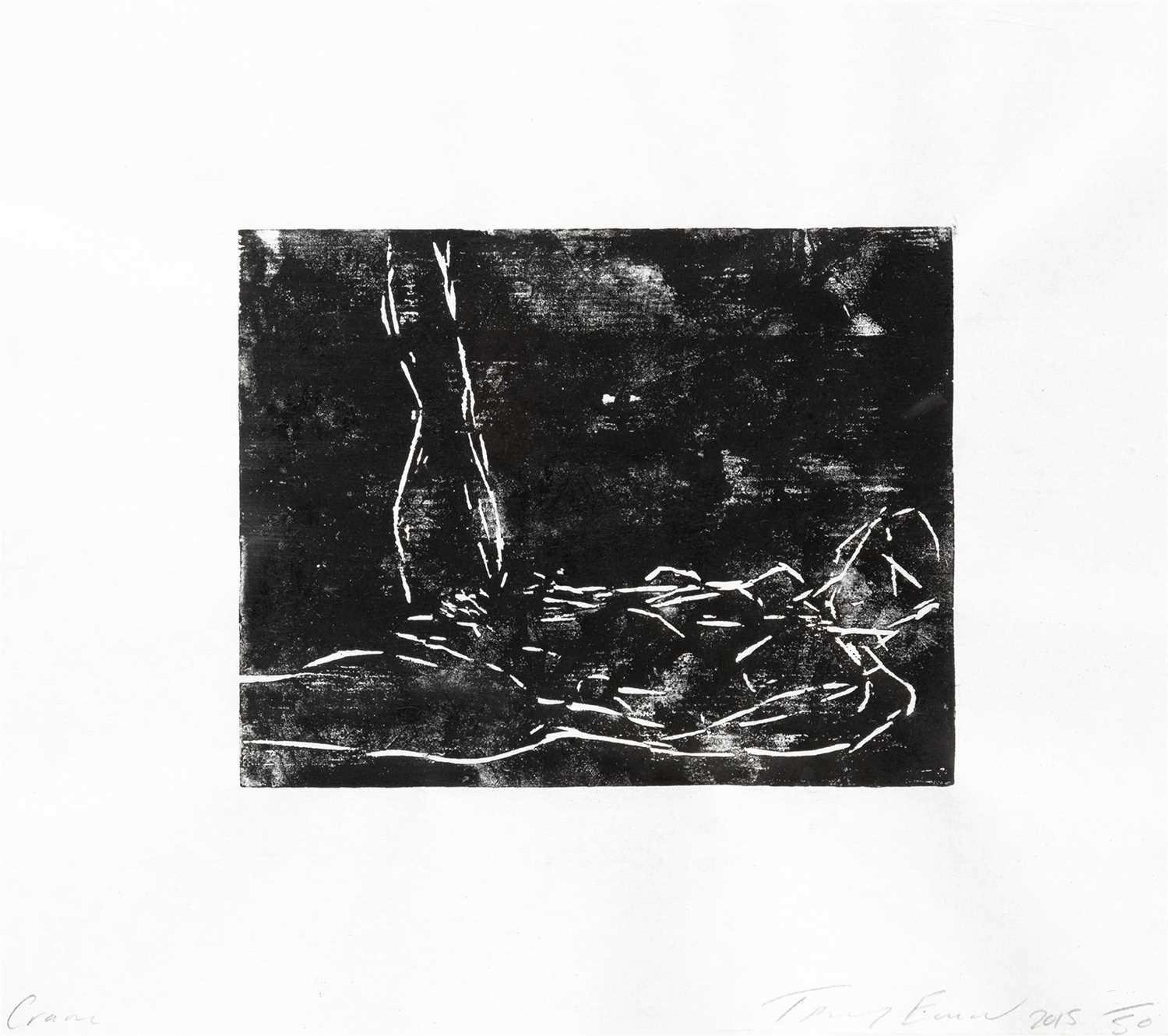Tom Wesselmann: The Pop Artist Who Redefined the Female Form
 Nude © Tom Wesselmann 1980
Nude © Tom Wesselmann 1980
Tom Wesselmann
113 works
Pop Art is a movement that has become synonymous with vibrant colours, bold graphics, and iconic imagery. Among the leading figures of the Pop Art movement was Tom Wesselmann, an American artist whose contributions to the genre have left an indelible mark on the art world. With a career spanning several decades, Wesselmann's work explored the concept of beauty and the female form, employing techniques that were unique and innovative. In this article, we delve into the life and work of Tom Wesselmann, examining his artistic style, impact on contemporary art, and legacy in the art world. Through an exploration of Wesselmann's art and philosophy, we hope to gain a deeper understanding of the significance of this influential artist in the history of American art and beyond.
In Context: Tom Wesselmann's Life and Work
Tom Wesselmann was born in Cincinnati, Ohio, in 1931. After serving in the Korean War, he went on to study at the Art Academy of Cincinnati and later at the Cooper Union in New York City. In the early 1960s, Wesselmann began producing art that would come to be identified with the Pop Art movement. His work was characterised by the use of bright colour schemes, flat planes of colour, and bold graphic design.
Wesselmann's unique perspective on the female form was a defining aspect of his art. His depictions of the female body were often sensual and provocative, celebrating the beauty and allure of the female form. Challenging conventional notions of beauty, Wesselmann’s project was concerned with redefining the female body as a powerful symbol of eroticism and desire.
Throughout his career, Wesselmann experimented with different mediums and techniques, including collage, assemblage, and sculpture. He was particularly known for his use of cutout shapes, which he would layer over his paintings to create a three-dimensional effect. This technique gave his work a distinctive texture and depth, setting it apart from other artists of the Pop Art movement.
Wesselmann’s work has been exhibited in major galleries and museums throughout the world, and his influence can be seen in the work of many contemporary artists. Wesselmann's legacy continues to be celebrated today, with retrospectives of his work being held at prestigious institutions such as the Gagosian in Beverly Hills and New York City.
Redefining Beauty: Wesselmann's Unique Perspective on the Female Form
One of the defining aspects of Tom Wesselmann's work was his depictions of the female form. Through his paintings, sculptures, and collages, he celebrated the beauty and sensuality of the female body, challenging traditional notions of female beauty and, more broadly, gendered norms and roles.
At the time, Wesselmann's use of the female form as a central subject matter in his work was progressive. He depicted women as powerful and assertive, using their bodies as a means of self-expression and empowerment. In many of his works, the female form is abstracted, fragmented, and deconstructed, challenging the male gaze and conventional representations of the body.
Wesselmann also aimed to create a new language of beauty and desire. By platforming the relationship between bodies and desire in his work, he dared his viewers to examine their own approaches to sexuality and pleasure.
Technique and Influences: The Artistic Style of Tom Wesselmann
Wesselmann's artistic style was shaped by a range of influences, from the bold graphic design of commercial advertising to the figurative art of the Old Masters. His work was also influenced by the Pop Art movement that was unfolding around him in the early 1960s.
Wesselmann's preference for bold, flat planes of colour and graphic design elements was inspired by the advertising and billboard art that lined the streets of New York City. He incorporated these elements into his work, creating an aesthetic that was both playful and sophisticated.
Wesselmann was also influenced by the figurative art of the Old Masters, particularly the work of Henri Matisse. He was drawn to Matisse's use of colour and form, as well as his depictions of the female body. Wesselman’s Great American Nude series of the ‘60s featured clear takes on the Matissian odalisque, subsequently transforming it into an icon of Pop Art.
As Wesselmann once said, “The classical nude is a perfection. But the nude in contemporary life, the woman who undresses in front of you, is more than a perfection. She's a person. That's what I want to paint.”
Wesselmann's artistic technique was also shaped by his interest in collage and assemblage. He would often incorporate found objects into his work, creating a sense of depth and texture. He also experimented with cutout shapes, layering them over his paintings to create a three-dimensional effect. This gave him a distinctive visual style that defined him from other artists of the era.
Who Were Tom Wesselmann’s Muses?
Tom Wesselmann drew inspiration from the women in his life. Wesselmann's wife, Claire, was a significant influence on his art. She often posed for his paintings and served as a model for many of his most iconic works. Wesselmann was very vocal about his affection and admiration for his wife, and they were married for over 40 years until his death in 2004.
Another important muse for Wesselmann was Monica, a dancer and artist's model whom he met in the early 1960s. She posed for many of his works, including the Bedroom Painting series, which depicted intimate scenes from the artist's personal life.
While some have remarked on the objectifying effect of Wesselmann’s depictions of female models, Wesselmann's muses were not just passive subjects. He often worked closely with his models, taking their feedback and including them in the creative process. In Wesselmann’s works, the female muse can be said to overcome the degrading effects of objectification through consent, participation, and sexual subjectivity.
The Pop Art Movement: Wesselmann's Impact on Contemporary Art
Tom Wesselmann was a lesser-known but important figure in the Pop Art movement, which emerged in the 1950s and 1960s as a response to the consumer culture of postwar America. Pop Art was characterised by its reliance on everyday objects and images, such as soup cans and comic strips, which were elevated to the status of fine art.
Wesselmann's work was an important part of the Pop Art movement, incorporating everyday objects arranged in aesthetically pleasing formations. His use of bright colours and bold lines, combined with his modern spin on the Matissean nude, made his work instantly recognisable. While his Pop Art contemporaries Andy Warhol and Roy Lichtenstein tended to reflect and comment on mass media representations of women, Wesselman’s approach was marked by a diversion from the norm when it came to the female form.
Wesselmann's art simultaneously iconified and challenged American commercial culture. His works often featured fragmented images of the female form, with body parts depicted in isolation from one another or next to everyday objects. This technique emphasised the physicality of the female body, while also drawing attention to the way in which women's bodies were objectified and commodified in American culture.
Wesselmann's impact on contemporary art extends beyond the Pop Art movement. His work has influenced a generation of artists who continue to explore the themes of gender, sexuality, and consumer culture in their art.
In recent years, there has been renewed interest in Wesselmann's art, with major retrospectives and exhibitions dedicated to his work. This renewed attention has led to a reevaluation of Wesselmann's place in the history of American art, cementing his legacy as a pioneering figure in the world of figurative art.
The impact of Wesselmann's art on the contemporary art market is also significant. His works are highly sought-after by collectors, with prices for his prints and editions reaching into the seven-figure range. Wesselmann's popularity with collectors is a testament to the enduring appeal of his perspective on the female form and his contribution to the Pop Art movement.
Investing in Wesselmann’s Work with MyArtBroker
MyArtBroker provides valuable resources for art investors interested in buying or selling Tom Wesselmann's works.
MyArtBroker is uniquely positioned to deliver accurate data on the print marketplace, offering the only dedicated print market index in the world. Available via MyPortfolio, it processes international art auction results in real time, and also analyses thousands of public and private market histories. This tool provides investors with valuable insights into the art market, allowing them to make informed decisions about buying and selling Wesselmann's works.
As specialised brokers for prints and editions, we also give investors who trade with us free access to our private network. Trading Floor delivers live demand and supply directly to the platform, giving investors access to up-to-date information about the print market. This tool is particularly useful for investors interested in buying or selling Wesselmann's works, as it provides valuable data about the current demand for his art.
Beyond Pop Art: Wesselmann's Legacy
Tom Wesselmann's legacy is a testament to his impact on the art world, particularly the Pop Art movement. Through his unique perspective on the female form and his use of everyday objects, Wesselmann pushed the boundaries of figurative art.
Today, his influence can be seen in the work of contemporary artists, such as Richard Phillips and Sarah Lucas. These artists continue to explore the themes and techniques he pioneered. In the art market, we also can see the impact of this significant legacy, where his works have continued to appreciate in value and attract interest from collectors around the world.
As a pioneering artist of the Pop Art movement, Wesselmann's impact on art history cannot be overstated. His contributions to the movement, along with his innovative use of materials and techniques, have solidified his place in the canon of American artists.
Tom Wesselmann's life and work continue to inspire and influence artists, collectors, and art enthusiasts around the world, where his unique perspective on the female body and his redefinition of beauty has made a lasting impact on contemporary art. As the art market continues to evolve, his works remain sought after by collectors and investors alike.
For those interested in investing in Wesselmann's works, MyArtBroker's tools can provide valuable insights into the prints market and help investors make informed decisions about buying and selling his art. With his continued relevance and influence, Tom Wesselmann's oeuvre and legacy are sure to endure for generations to come.













